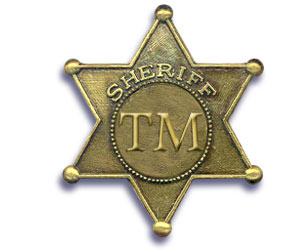What should be proprietary in open source?


Your good name. Trademark it. Protect your Web site registration. You can't protect your code, but if someone wants to fork it they can do it under another name. (Image from BrandChannel.)
Notice what's missing? Distribution. Control of your channel is crucial to the success of a proprietary business, yet Fleury doesn't mention it.
One reason is innovation can happen there. As at Bitnami. They've built simple stacks of popular open source applications, like WordPress and Joomla and Drupal.
This increases the reach of the supported programs, increasing the size of their communities, and builds the associated businesses.
It's a good example of what Matt Asay today calls "modularization," the development form advocated in a recent Gartner report. Break down what you do into manageable modules, then let the community add-on.
What we're seeing is a key unspoken advantage of open source, a massively-parallel development architecture. Break down the work into bite-sized chunks and the center becomes a a more manageable problem as well.
Note I said more manageable. It's still a challenge. Some, like Nicholas Carr, see a limit here. I don't.
The Linux kernel development team has been dealing with the coordination challenge for a few years now, and it's the key to open source's future. Scaling the management of volunteers and outsiders, not just insiders, lets you progress further, faster.
And it's that progress you can control, that progression lieing behind your name and brand which are the key proprietary assets in open source. That's what determines the value of what you are protecting.